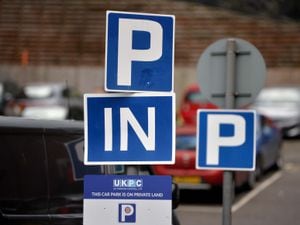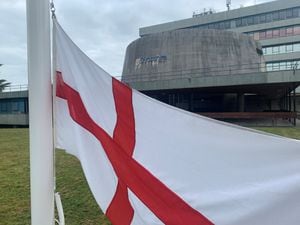Wartime graffiti found at Shrewsbury Flaxmill Maltings
Graffiti that dates back to the Second World War has been discovered on the world's first iron-faced building.
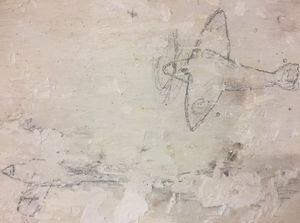
As work continues on the Shrewsbury Flaxmill Maltings, a wartime discovery has been made on site.
Repair work on the Cross Mill building has uncovered writing and drawings beneath layers of flaking paint which lay undisturbed for decades.
Further investigation and research by the Friends of the Flaxmill Maltings has revealed that the graffiti dates back to the Second World War, when the site was used as Light Infantry Barracks and its residents named it the 'Rat Hotel'.
The graffiti includes drawings of military aircraft, lists of numbers and the names and numbers of servicemen.
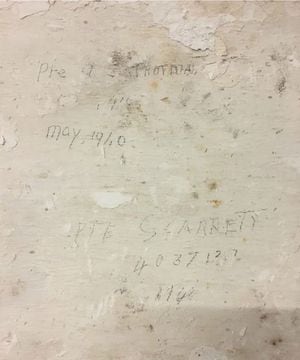
Although some of the writing is difficult to decipher, one of the names and service numbers uncovered is still legible.
Private Scarrett left his mark in May 1940, the month when Churchill became prime minister and preparations for the Dunkirk evacuations began.
Scarrett served with the Durham Light Infantry. It was previously believed that most of those stationed at the Flaxmill were with the Kings Shropshire Light Infantry.
Private Scarrett was listed as a casualty of the Western Desert in 1942.
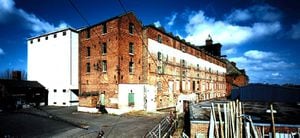
Derelict for decades, the Maltings’ Office and Stables, converted in recent years with funding received from the European Regional Development Fund, are now an interactive visitor and education centre, run by the Friends of the Flaxmill Maltings.
A partnership led by site owners Historic England is now restoring the 1797 Grade I listed Main Mill and Grade II listed 1898 Kiln thanks to £20.7 million from the National Lottery.
The refurbishment will include the creation of a new interpretation and learning space and café on the ground floor of the Main Mill; space for commercial use on the upper floors; and improved accessibility across the site.


